When allergy season hits, even a simple jog outside can feel like a battle against your own immune system.
But with the right strategies, you can still enjoy the outdoors and keep up your fitness routine without sneezing your way through it.
Know your pollens
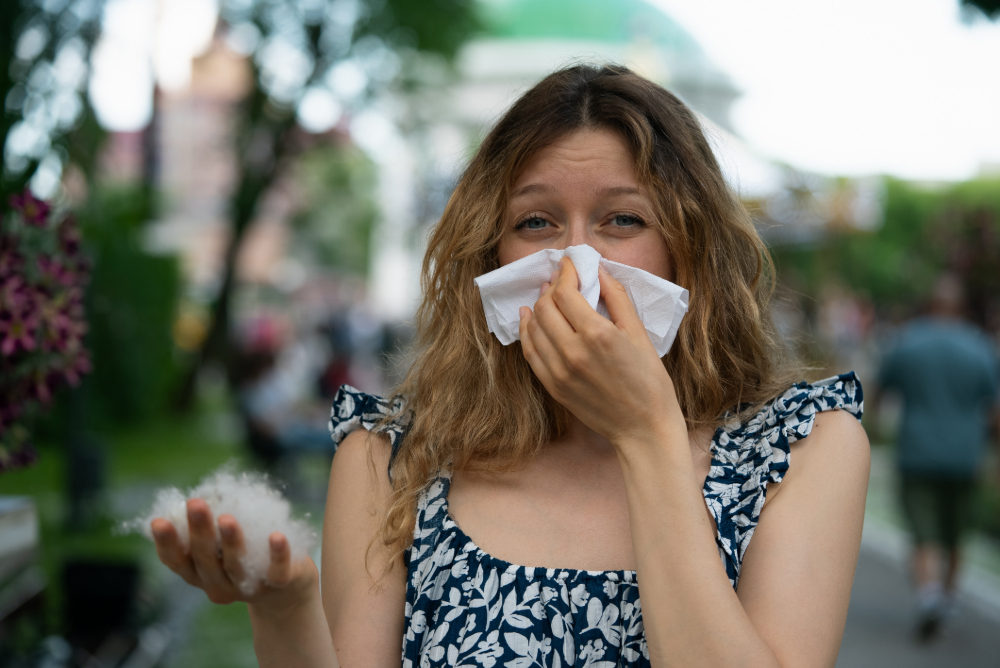
Pollen comes in many forms – tree, weed, grass, and mold – and each has its own scale for measuring intensity.
For example, a tree pollen level of 90 or above is considered high, while 1 to 14 is low.
Use online resources, like the American Academy of Allergy, Asthma and Immunology’s website, to check the daily pollen forecast before heading out.
Watch the sky
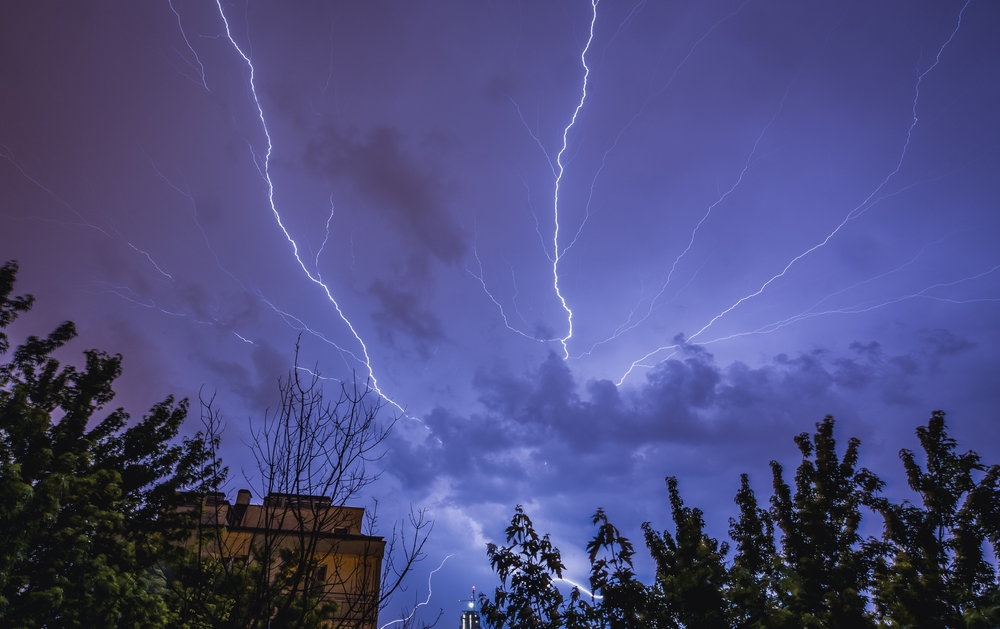
Dry, warm, and windy days are the worst for pollen exposure.
These conditions can also trigger eye problems like a non-contagious form of pinkeye, leading to itching, redness, and tearing.
High humidity can make breathing more difficult and encourage mold growth, which worsens symptoms for some.
On the bright side, rain helps clear the air, making it one of the best times to get some exercise outdoors.
Pick the right exercise
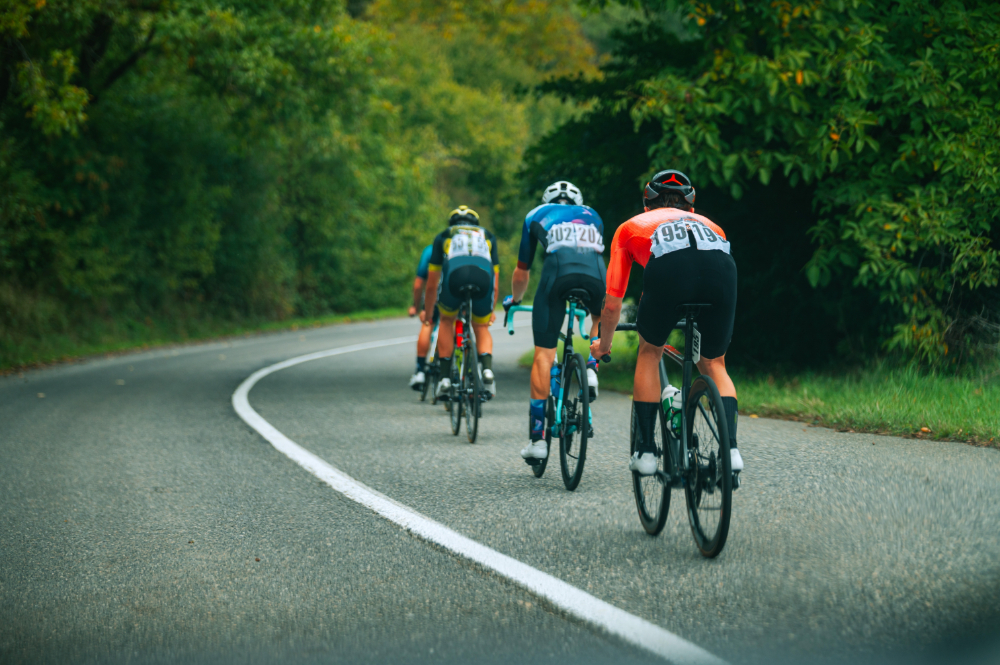
Not all physical activities trigger allergy symptoms equally. Swimming is excellent for lung health, and biking is also generally safe.
However, chlorine in indoor pools can be an irritant for some people.
Listen to your body
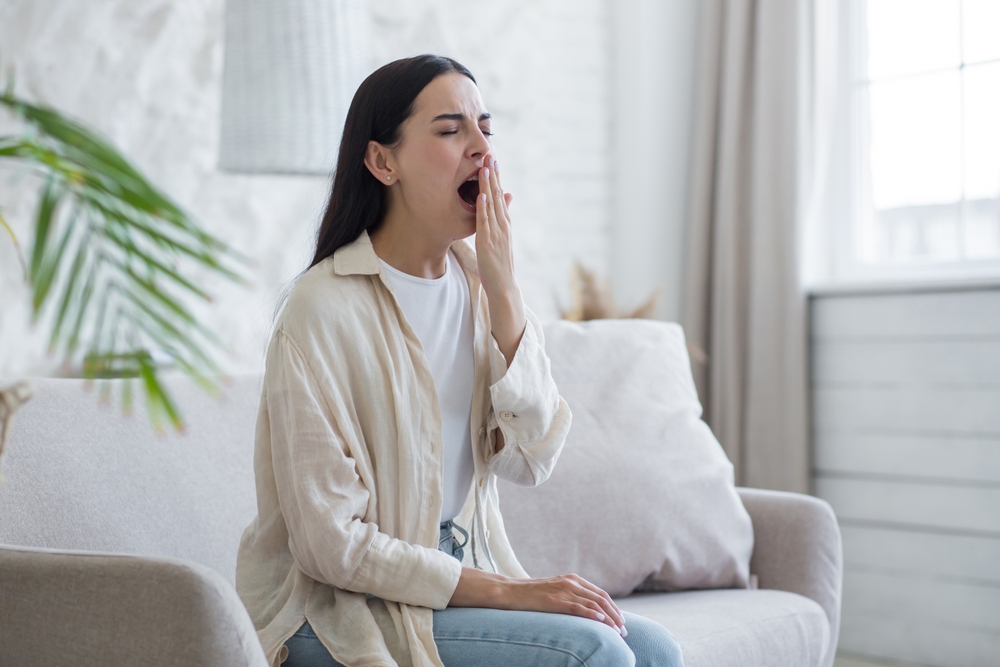
Even if you’re on medication, your body might still give you signs that something’s off.
If you feel unusually tired after an outdoor workout or if your symptoms become uncomfortable, it may be time to move your exercise indoors.
Don’t ignore what your body is trying to tell you.
Take your meds before you sneeze

Don’t wait until your nose starts running – begin taking your allergy medications a few weeks before allergy season kicks in.
Consult your doctor or pharmacist about the best over-the-counter or prescription options.
Stick with what has worked for you in the past, and stay alert to sudden weather changes that could increase pollen or mold levels.
Cover your hair and rinse your nose

Wearing a hat or cap while exercising outdoors can help prevent pollen from settling in your hair.
Once you’re home, rinse your nasal passages with saline and wash your eyebrows to remove any lingering pollen.
These small steps can go a long way in reducing allergy symptoms.
Use nasal sprays strategically
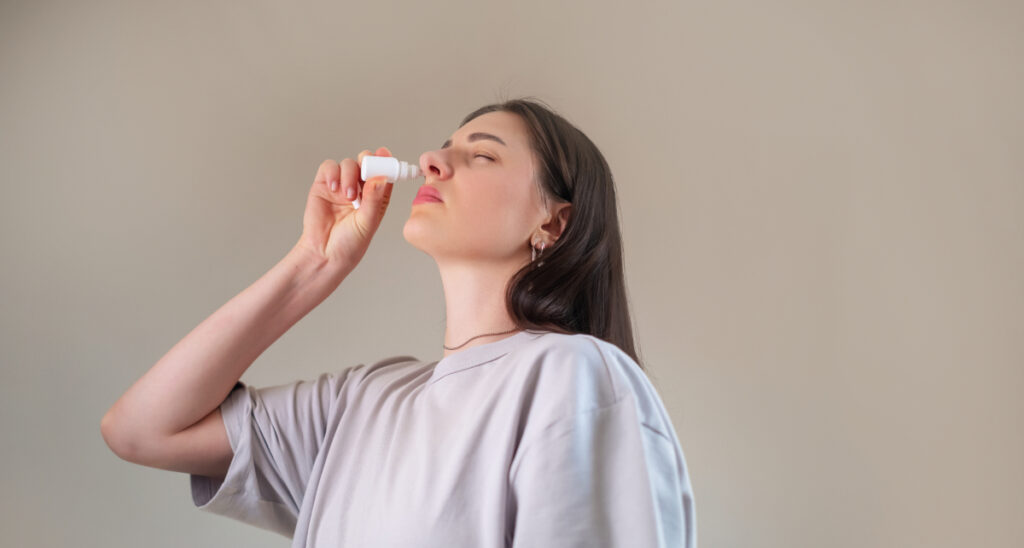
Nasal sprays can be a key ally during allergy season – especially if you plan to exercise when pollen counts are high.
They’re most effective when used regularly, not just when symptoms flare. Talk to your doctor to find the right spray for your specific needs.
Be cautious with indoor pools

Although swimming is great for most people with allergies, the chlorine in indoor pools can cause irritation for some.
If you begin to feel short of breath while swimming, leave the pool immediately. If breathing issues continue, don’t hesitate to call for medical help.
Monitor early spring weather changes
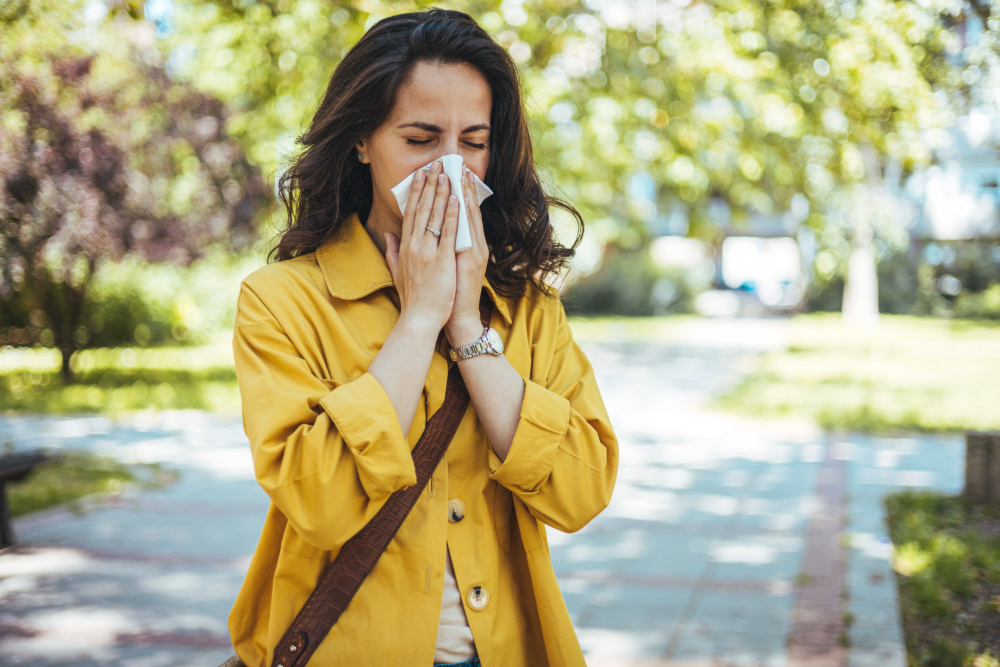
When winter turns unexpectedly warm, pollen and mold spores can be suddenly released into the air.
These transitional periods are tricky for allergy sufferers, so keep an eye on the forecast and be prepared with medications and preventative measures.
Watch the clock

The time of day makes a big difference in pollen exposure. Ragweed pollen typically peaks in the early afternoon, while grass pollen tends to spike in late afternoon and early evening.
Plan your workouts during times when pollen counts are lower, such as early morning or later in the evening.
In urban areas, winds can carry pollen into the city, with levels often peaking around midday.
This article is based on information from WebMD.com.
